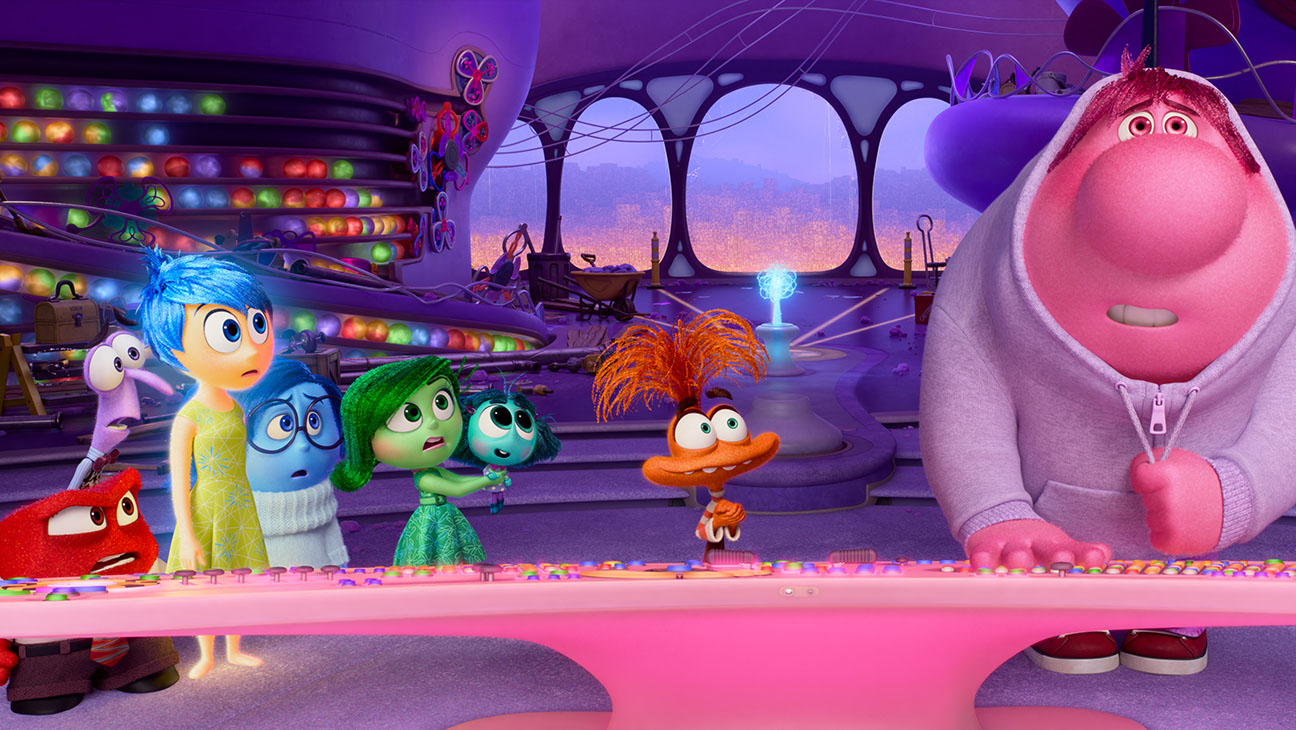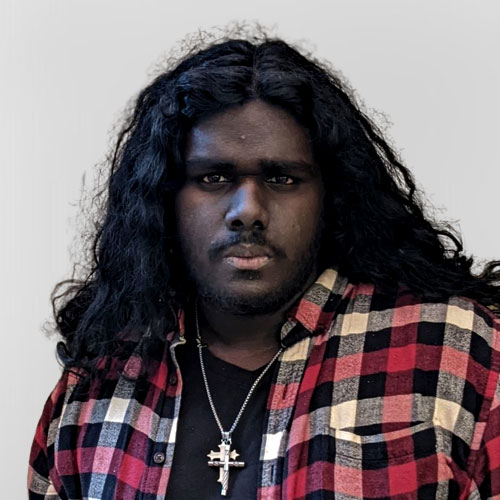My generation’s worst habits are finally being put under the magnifying glass. Social media addiction is getting national attention, from the surgeon general of the United States advising a warning label, to some of the biggest school districts in the country straight-up banning children from using cellphones during the school day. From the older end of the age spectrum come countless think pieces and journalistic exposés highlighting the moral and political bankruptcy of my generation’s seeming obsession with activism, from blocking traffic as a means to keep the earth from getting warmer to chanting “Hamas make us proud” to achieve the racially less volatile version of America many of us say we want.
While Generation Z’s political power is being tested and capitalized upon, with the upcoming presidential election featuring a major drive (unsurprisingly largely from Democrats) to recruit younger voters, a move is underway to unearth the roots of my generation’s social and psychological malaise, and then ostensibly to prescribe a way to recover from it. I’m talking about books like Jonathan Haidt’s masterful The Anxious Generation, which takes an in-depth look at how social media and cellphone use have impacted my generation in ways we’re only starting to come to terms with.
Let’s face it: we’re tech addicts (myself included), and if, as Sartre said, “Hell is other people,” we’ve somehow managed to create a whole new level of it all by ourselves, eyes affixed to the glowing boxes in our hands through which we develop a shocking percentage of our beliefs about the world, God, even our own identities. So, to seek a further perspective, and in the name of intellectual diversity, I decided to ditch my lighted iPhone screen and seek out a message from an even bigger lighted screen—that anachronistic, quasi-social entertainment venue called the movie theater—and watch one of the most widely anticipated films of the summer, Inside Out 2.
For those of you accustomed to more penetratingly thoughtful cinematic offerings like Oppenheimer or Killers of the Flower Moon (or Barbie, for the subversive Acton readers among you), Inside Out 2 is the cleverly titled sequel of a franchise that began with 2015’s Inside Out and follows the story of young female protagonist Riley, who is displaced from her Midwestern roots when her family moves to San Francisco. The story is told from the perspective of Riley’s emotions, personified as characters that live inside Riley’s brain and guide her waking moments, from Joy to Sadness to Anger to Disgust to Fear. Riley is now a teenager in 2, and the emotions from the first film must now contend with a whole host of new characters that, at first glance, seem like characterizations of teenage life drawn from an 80-year-old’s unhinged Facebook screed: Anxiety, Envy, Embarrassment, and Ennui (boredom). The plot centers on the emotions’ struggle to control the part of Riley’s brain dubbed her Sense of Self, where her deepest memories turn into beliefs that guide her actions. Examples include Riley’s helping a beleaguered classmate, leading to the belief that “I’m a good person,” or making the choice to ignore childhood friends to impress new ones, leading to the belief that “I’m not good enough.”
It should be obvious by now that this is a fairly respectable level of introspective analysis for a film tasked with both winning over younger audiences and not boring their parents. To be sure, Inside Out 2 will not elicit the oohs and aahs and quips about the glory of modern cinematography in the same way Oppenheimer did. But that’s not its job. Nevertheless, its core message is every bit as worth paying attention to. As of writing this review, Inside Out 2 is the highest grossing animated film to ever grace the silver screen, and its insights are being internalized in unprecedented numbers by people who would most probably never benefit in the same way from the latest masterwork of Christopher Nolan or Martin Scorsese.
The film, despite its genre, exhibits some serious discernment regarding our society’s youngest generation, which merits examination. One of the primary conflicts in the latter half of the movie focuses on the tension between a Sense of Self driven by Joy, the emotional protagonist of the first film, and a Sense of Self driven by Anxiety, the unwelcome newcomer of the second. As Riley’s experiences become more complicated with maturity, she repeatedly must choose between making decisions based on a principle-driven perspective and a comparison-driven one. It’s the battle between “I’m a good person and do good-person things” and “Despite my best efforts, I’m simply not good enough.”
Put simply, that is the battle of my generation. We have been told, by everyone from politicians to pop culture figures, that the height of virtue is being perceived as virtuous in the exact ways our perception-driven culture is primed to validate and reward. Or, in far more Machiavellian terms, our actions are to be judged by their results. Results outside current societal norms, no matter how nobly intentioned, cannot be tolerated if one wants to appear true to the aspiration of being a good person. Toleration, motives aside, must simply be proof that you’re not good enough. This is why, in the vernacular of the modern left, an Israeli child is found wanting in the moral scale of value by virtue of being born in a state whose actions have been deemed outside the Overton window, while a frappé-sipping college protester calling for that child’s destruction weighs correctly on the same scale: one must be the inescapable beneficiary of oppression, while the other fights the power, which by definition makes him or her a good person. The scales of my generation, but by no means only my generation, are broken.
Inside Out 2, in its own way, portrays that brokenness, depicting in vivid detail the way that modern virtue-signaling represents a mirror-perfect bastardization of the conscience: God uses the whisper of the soul (guided by Scripture and reinforced in healthy religious community) to show us our missteps and sins and guide us toward righteousness and health, while the nagging of the aspirational self (augmented by peer pressure and the comparison hamster wheel that social media keeps spinning) highlights our insecurities and envy and guides us toward dysfunction. For what it’s worth, that’s also the experience of being a teenager—being acutely aware of the necessity, even inevitability, of progressing in life, while all too often being paralyzed by the idea of progressing to a place that might be unhealthy or, worse, brand you unpopular. I’m a good person vs. I’m not good enough is a tension that, rightly understood, can lead you to profound self-betterment and moral maturity, able to make better choices—and that’s likely why the film ends with the two still in conflict, with Riley’s brain having to balance both aspects of herself into her future as an adult.
For what it’s worth, Inside Out 2’s arc and resolution is likely an outworking of the studio behind it as opposed to some unintended side effect: Pixar chief creatives have been very open about how they want their films to highlight more “commonality of experience” and less narrow director’s vision, which is a creative choice the vaunted Pixar can get away with that the typical movie studio that craves a Nolan or Scorsese picture can’t. But what’s the message that this film, born of a desire to depict “commonality of experience,” delivers to viewers? The tension between aspiration and harsh reality is a normal part of life, and accepting it is far preferable to the inevitably frustrating alternative gambit of trying to shoehorn reality into your aspiration. For a movie hitting theaters in 2024, yet another year plagued by the whims and delusions of people who can’t quite grasp that truth, I’ll take it as a win.

